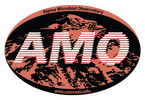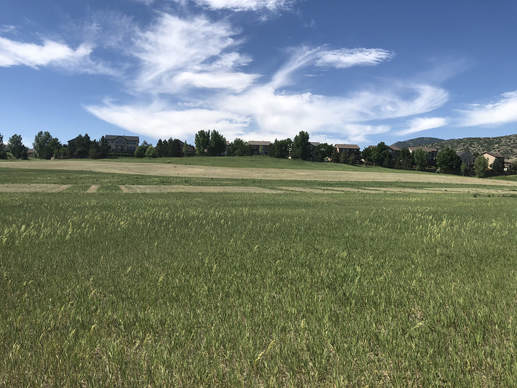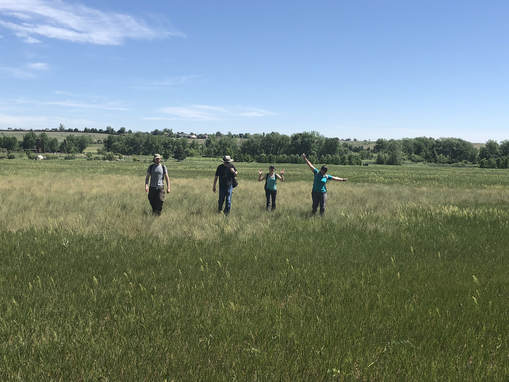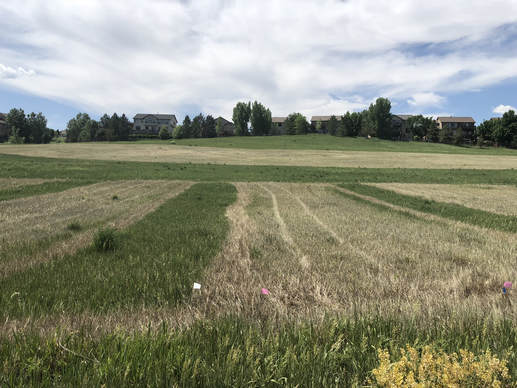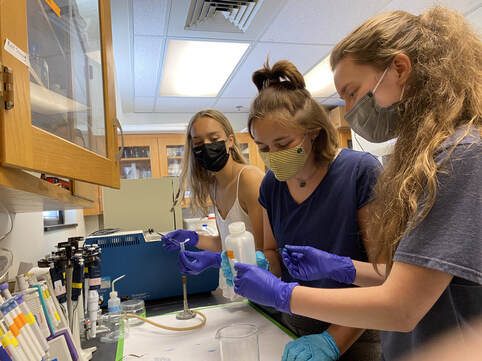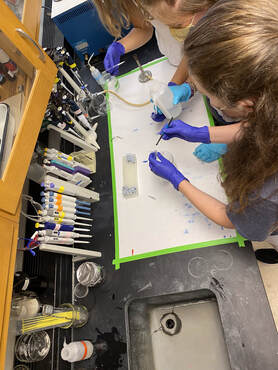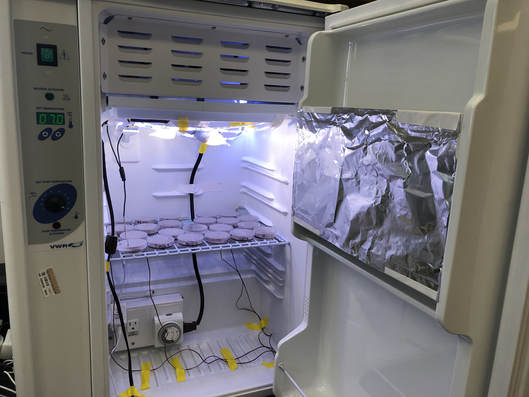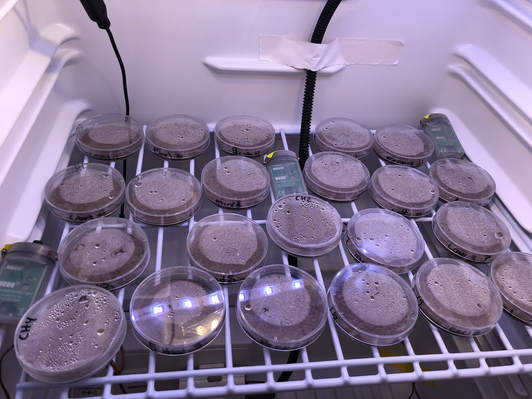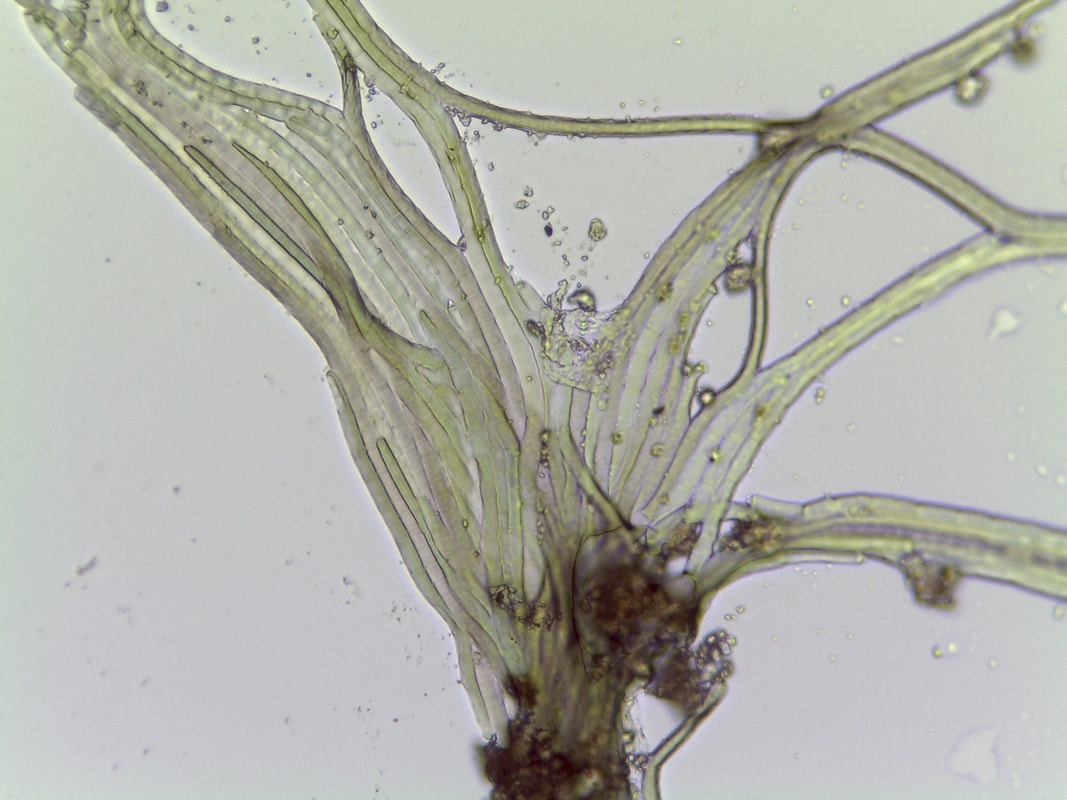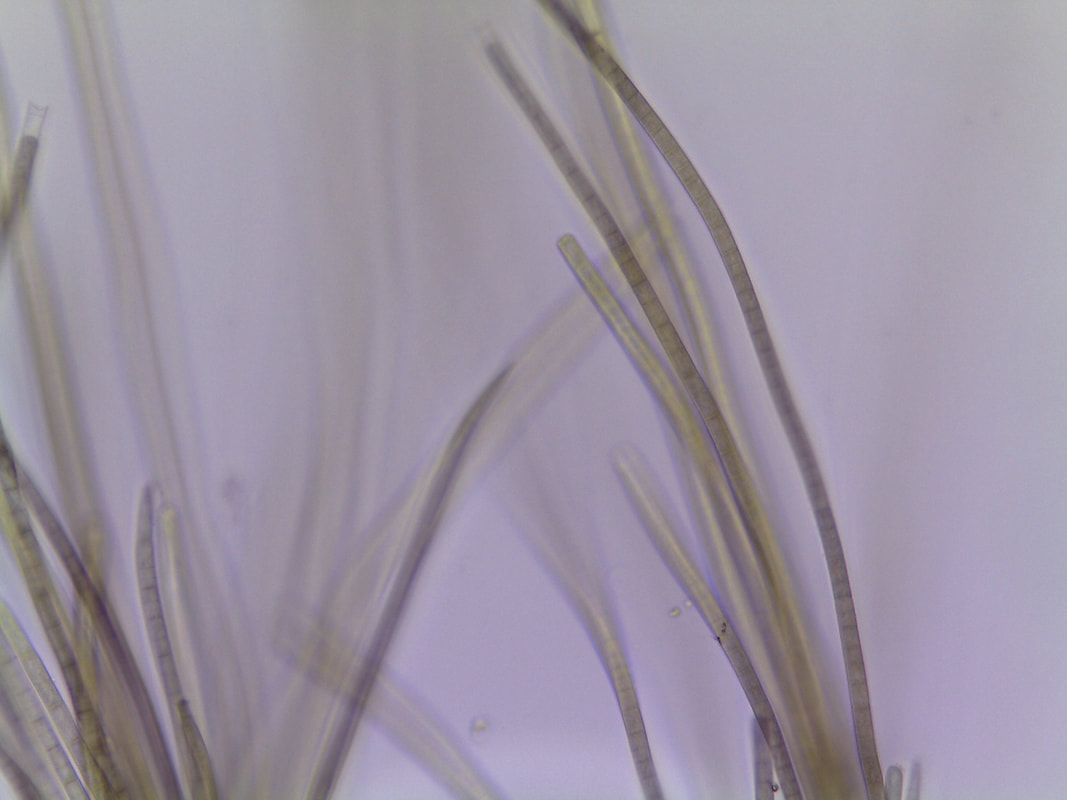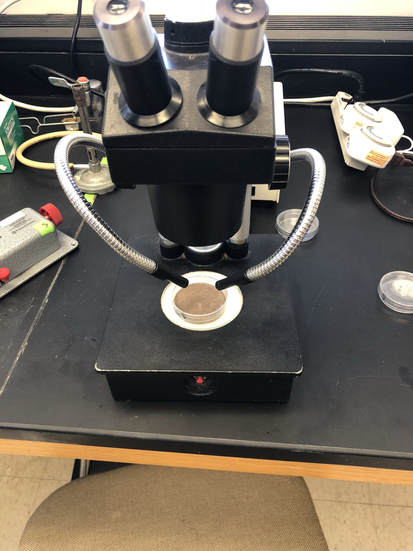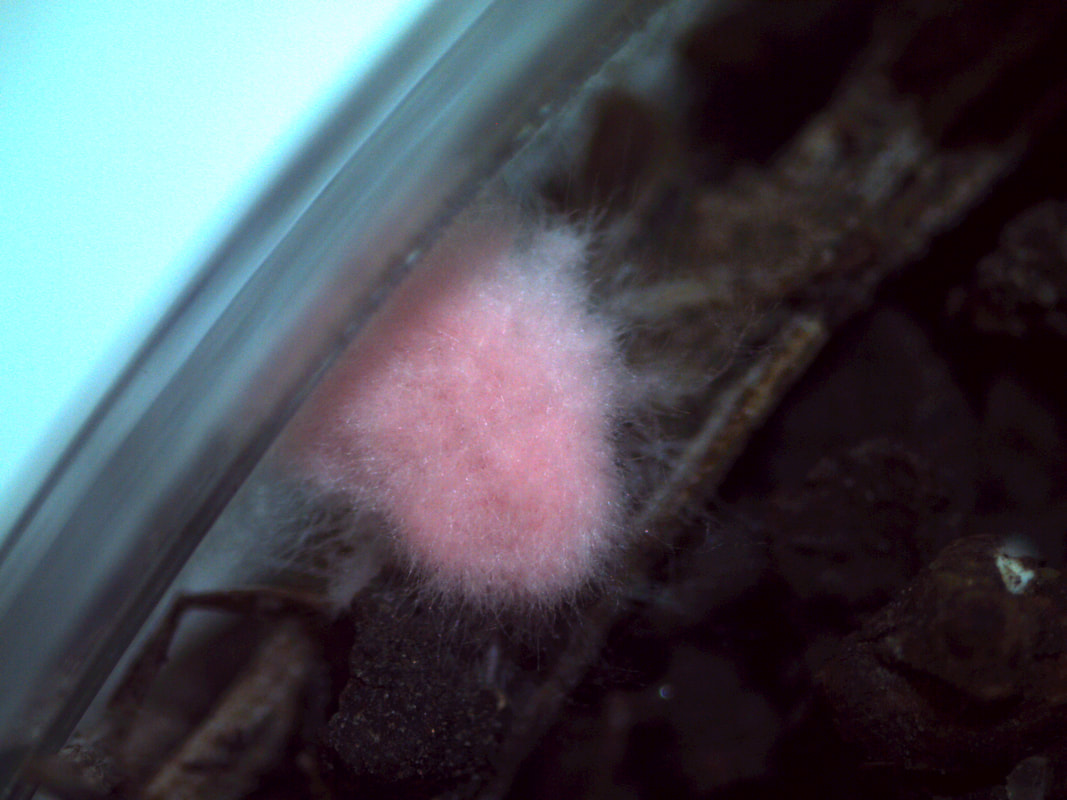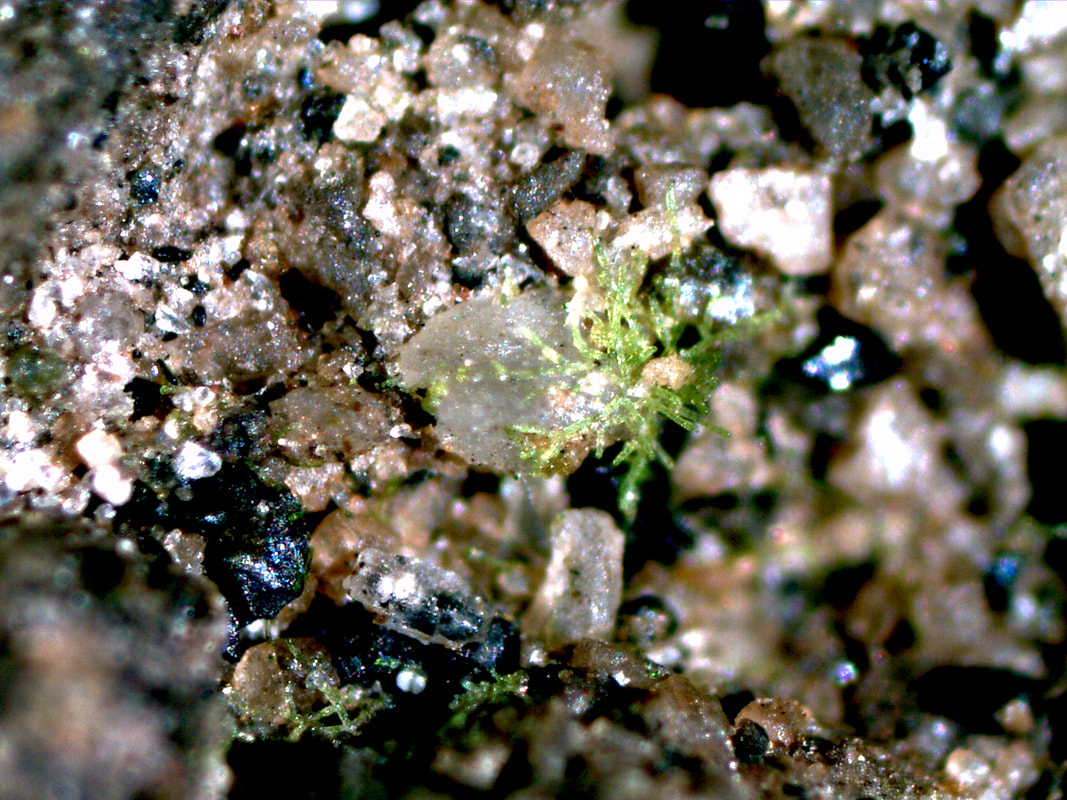From the GROUND UP
Effects of Herbicides on Mycorrhizal Fungi and Soil Ecosystems
Herbicides are chemicals that disrupt molecular pathways in plants determined to be invasive or otherwise troublesome. Their use is common in the fields of agriculture, landscaping, and restoration. One of the most widely applied herbicides, glyphosate ("Roundup"), has been introduced to environments across the United States. While glyphosate is targeted towards weedy plants, it also ends up in the soil and aquatic systems sometimes causing unintended damage to the environment. In this study we are investigating how glyphosate affects the structure and function of soil microbial communities (including mycorrhizal fungi), non-target plants, and soil health in general. This project will combine the use of tightly controlled lab microcosm experiments (already begun, see below) as well as field experiments to evaluate glyphosate's impact on the environment.
Funding for this project was made possible through a generous grant from the the Kristina and William Catto Foundation.
Project Team (bios): Emery Berry (high school student), Alison Orthel (Undergraduate), Emily Vander Pol (Undergraduate), Abby Tubman (Undergraduate), Michelle Hollenkamp (Undergraduate), Claire Mastrangelo (Undergraduate), Travis Pfeifer (Undergraduate), Kim Vincent (PhD student), Adam Solon (PhD student), Eli Gendron (PhD student), Cliff Bueno de Mesquita (Post Doc), and Steve Schmidt (Principal Investigator)
Herbicides are chemicals that disrupt molecular pathways in plants determined to be invasive or otherwise troublesome. Their use is common in the fields of agriculture, landscaping, and restoration. One of the most widely applied herbicides, glyphosate ("Roundup"), has been introduced to environments across the United States. While glyphosate is targeted towards weedy plants, it also ends up in the soil and aquatic systems sometimes causing unintended damage to the environment. In this study we are investigating how glyphosate affects the structure and function of soil microbial communities (including mycorrhizal fungi), non-target plants, and soil health in general. This project will combine the use of tightly controlled lab microcosm experiments (already begun, see below) as well as field experiments to evaluate glyphosate's impact on the environment.
Funding for this project was made possible through a generous grant from the the Kristina and William Catto Foundation.
Project Team (bios): Emery Berry (high school student), Alison Orthel (Undergraduate), Emily Vander Pol (Undergraduate), Abby Tubman (Undergraduate), Michelle Hollenkamp (Undergraduate), Claire Mastrangelo (Undergraduate), Travis Pfeifer (Undergraduate), Kim Vincent (PhD student), Adam Solon (PhD student), Eli Gendron (PhD student), Cliff Bueno de Mesquita (Post Doc), and Steve Schmidt (Principal Investigator)
Above. Soil microcosms treated with glyphosate: (Left) an incubator with light and temperature controls to mimic field conditions, (Right) microcosms labelled according to treatment with temperature and light sensor probes intermixed. Below: a microcosm being examined microscopically (50x magnification), we will also use DNA sequencing techniques to determine how the microbial community is being affected.
From top right (clockwise): pink fungi on a Chatfield Farms microcosm (45x magnification), green filament on Niwot microcosm (45x magnification), green cyanobacteria from Chatfield Farms microcosm (200x magnification, green cyanobacteria from Chatfield Farms microcosm (100x magnification)
Relevant publications:
Vincent, K., & Davidson, C. (2015). The toxicity of glyphosate alone and glyphosate–surfactant mixtures to western toad (Anaxyrus boreas) tadpoles. Environmental toxicology and chemistry, 34: 2791-2795.
Vincent, K., & Davidson, C. (2015). The toxicity of glyphosate alone and glyphosate–surfactant mixtures to western toad (Anaxyrus boreas) tadpoles. Environmental toxicology and chemistry, 34: 2791-2795.
